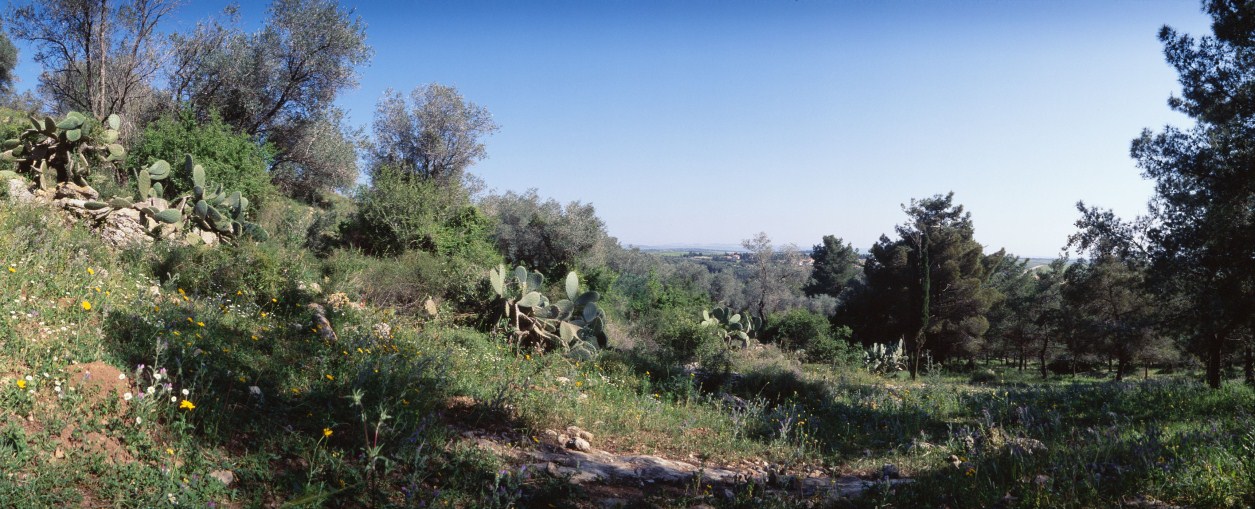Thursday, 20.9.2012, The Laboratory for Visual Research, Zochrot.
Participants: Sahar Rouhana, Ariella Azoulay, Miki Kratzman, Oded Yeda'ya.
Eitan Bronstien Afarisio, the exhibit’s curator:
Today we’re closing the exhibit of photographs showing the remains of localities destroyed by Israel during the Nakba. Somehow the subject has never been discussed, even though Zochrot has conducted tours of dozens of destroyed villages and we have thousands of photographs showing their remains. Recently we even published a tour guide Once Upon a Land, containing many photos of villages from the Nakba.
Sahar Rouhana, an amateur photographer who documented dozens of Palestinian villages:
I’m not a professional photographer; I began taking photos only four years ago, after my children grew up. Two years ago I began a kind of educational journey to my roots by photographing destroyed localities. Once a week I go to take pictures of places I’m completely unfamiliar with. I began in Haifa and Abu Snan, where I was born. I discovered how much I didn’t know about the places that had been destroyed, some of which are amazingly beautiful. My family told me about various locations, and I went to photograph them. That’s how I’ve already documented 80 localities. I don’t distinguish between localities in Israel and those on the West Bank. The photographs connect people with the places. If there isn’t anyone who’s connected to the photo, it erases them. I began taking pictures and putting them on Facebook. Very soon I was flooded with requests for more information, and support. Twenty thousand people now follow my activity. Many refugees are searching for their homes. I photographed a mosque in Kafr Zib; someone named Mazen, a Palestinian refugee in Syria, showed it to his father. They spent two days writing Abu Mazen’s memories of his village. They sat for two days, the father talked, cried, and recounted much about the buildings near the mosque I photographed. He told about a khan next to the mosque where guests stayed. He also remembers the stairs that still remain. They lead from the fish store to the shore. There were also salt evaporation ponds. The moon rose when I photographed in Al Bassa. At Sa'sa (in Kibbutz Sasa) I photographed a home, and its Palestinian owner wrote me that he lives in Athens. I sent him the photograph. Something very moving occurred in Ma’alul; the village elders, refugees, came and rang the church bells. I drove by Mi'ar on Nakba Day, saw people in the village cemetery and stopped to photograph. Someone refreshes the names on the gravestones each year. I attach to the photos the names of the people who appear in them and the responses accumulate. Here Dima is playing the violin. In Kafr Lam I photographed the mukhtar’s house. Here’s the Khayat grove, south of Haifa. The Khayat family built it to use during the summer. They became refugees. There’s an organization which takes care of the place; many visitors enjoy the fruit from the trees and the flowing water. I photographed the building in Ayn Hod which became the “Donya Rossa” restaurant; before the Nakba it had been the village’s mosque. In Tirat Haifa, today’s Tirat Hacarmel, there were two schools. The building in the photograph is still used as a school today. This is Ijzim. The village school was built in 1880. Today it’s a synagogue in Kerem Maharal. This boy in Qaqun is standing in exactly the same place his grandfather had stood when he lived in the village as a boy. The grandfather never came back to visit the village after he’d been expelled, but asked that his grandson be photographed in that location. An orthodox Jew jumped into the pool in Lifta; the waves made the building reflected in the water appear angry.Yanun is a village on the West Bank; settlers have taken 80% of its land. They’re being expelled just like in the nakba. Some people have composed music inspired by my photographs, and sent me recordings.
Miki Kretzman, photographer and photography teacher:
Four years ago Boaz Arad and I began photographing locations where massacres had occurred in 1948. It’s hard to photograph those places, and the project isn’t progressing very well. The book, Once Upon a Land, makes some good suggestions, but in Sahar’s presentation there’s an even better one. Because what Sahar is doing is creating a history of, and information about, these places. It’s interesting that people who deal in real estate are also adding information and photographs of the destroyed villages through the images they provide. The book includes photographs from Canada Park containing proof that there used to be villages there. In Lifta, memory is documented; that is, the memories of someone who remembers his village. Most of the photos in the book are like those taken by tourists. There’s a kind of urgency to photograph, to document what’s still present, what hasn’t been destroyed. But the opportunity for cross-referencing information, like Sahar does, is the best argument for taking the photos. Remember that the photograph is always after the fact, later, never of the present.
Sahar:
Yes – about what you said, that the photograph is always later…I took pictures in the village of Deir Asana, near Ramallah. I don’t have them here. There was an old man who came toward me and enthusiastically told me about his village. Three days later I published the photos and people began responding, “May God have mercy on him.” He died the day after I photographed him; many members of his family thanked me for the photos.
Ariela Azoulay, curator; theorist of photography; documentary filmmaker:
We’re in a new era of citizens against the state which demands a monopoly of knowledge. The photographs in this exhibit, Sahar’s photos, and projects such as those of Zochrot and others rewrite knowledge. The information Sahar collects would certainly be rejected by official archives. The photos taken by Al Flanders and Tamira Sawatzky represent an effort to create an additional alternative archive. All these steps come together in overall opposition to the way institutional history is written. I remember when I read All That Remains, by Walid Khalidi, and found he’d based himself completely on Benny Morris because there wasn’t anything else at the time. Morris was to some degree an alternative, but one that was very incomplete. I don’t take photographs but spend a great deal of time looking at photographs taken by others. I’ve created an archive of photos of destruction; what’s interesting is that very often I can’t identify what’s in the photo. I began breaking down the photos into small components. I discovered traces of destruction, that there are types of destruction. In fact, there’s a project of destruction in the country which is shown in the exhibit “What isn’t there” and in other photographs of our landscapes. This landscape is part of what can be learned about the Nakba. The photographic act allows us to try to reclaim ownership of places that have been taken over by the state. The photographs anchor us to a future that transcends the violent use of the law to transform Palestine into Israel.
Oded Yeda'ya, photographer and curator:
I was born in Hanita and often hiked near the ruins of Al Bassa. Of course, we never questioned its destruction or what had happened in ’48. We also never questioned the stories told by Hanita’s veteran members, that in 1938 the Arabs had attacked and killed some of them - period. Later one of the kibbutz old-timers recounted how they’d fired over the village in ’48 to chase away its inhabitants. My father established Hanita’s “Stockade and Tower” museum; it emphasizes that all the land of the kibbutz had been purchased. I even was married in that museum because the dining hall wasn’t available. Nor do I want to tell you where I lived in Jaffa… In Minshar, a school I founded, we conducted a photography project with students in which they photographed the villages in Tel Aviv that had been destroyed in ’48. One pupil of Russian origin placed his partner holding an Israeli flag at each of the locations, and took photographs. They were exhibited at Zochrot; an interesting discussion ensued. I photograph demonstrations against the fence on the West Bank; what interests me is what reminds me of my own memories.
Tal Haran:
What interests me is why the villages from ’48 weren’t completely demolished. People always said that the country had been shaved clean, but stubble remained everywher. I think that the remains were left out of wickedness. Buildings on the Golan Heights were demolished in such a way that although the roofs collapsed they remained whole. The ruins were left for a long time and I couldn’t understand why. I think it was to display the destruction to those whose homes had been destroyed.
Gil Mu’alem Doron:
Last year the remnants of the last building of Arashid village, on the shore between Tel Aviv and Jaffa next to Manshiya, were demolished. The municipality did it without any advance notification. Later it admitted that the contractor hadn’t been authorized to do it. The municipality also demolished the fisherman’s village at the outlet of the Yarqon and left no trace of it.
Effi Ben-David:
I took the photographs of the tour of Ma’alul for Once Upon a Land and was afraid to publish them lest they resulted in the remains of the village being demolished. For years I repressed my awareness of those remains and lived in a bubble. When I took the photographs it was the first time I’d visited a place that had been destroyed in ’48; I knew nothing at all about the history of the location. My great shock came with Zochrot’s tour to Ma’alul, which was very moving. I heard many stories of the lives beyond the photographs I took. It was a little strange, as if I had appropriated the place for myself, but during the tour I realized whom it really belongs to. But does a place really belong to someone?
Elisheva Smith:
Years ago I was on a tour in the Western Galilee. The guide talked about the history of the Tana’im without ever referring to the dozens of Palestinian villages in the area. That’s why I took photographs for the wonderful book, Once Upon a Land. My friend Teddy Katz guided me for the photos I took in Tantura, where there’d been a massacre. I photographed the parking lot where I could feel there’d been a massacre.
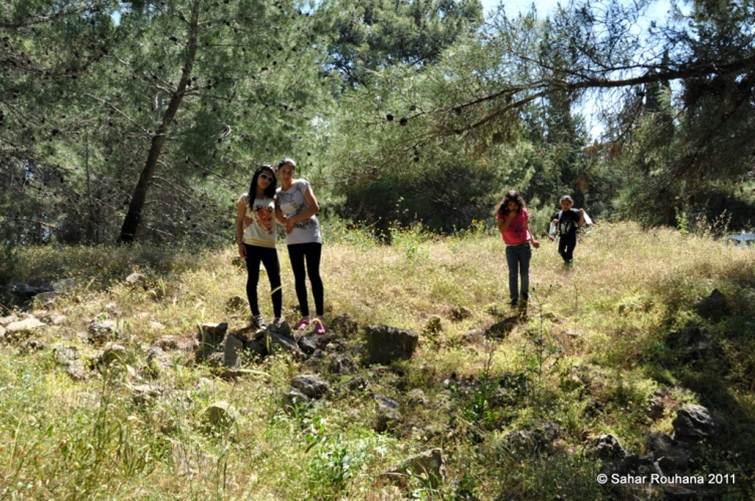
אם זינאת / Umm Zinat / סהר רוחאנה
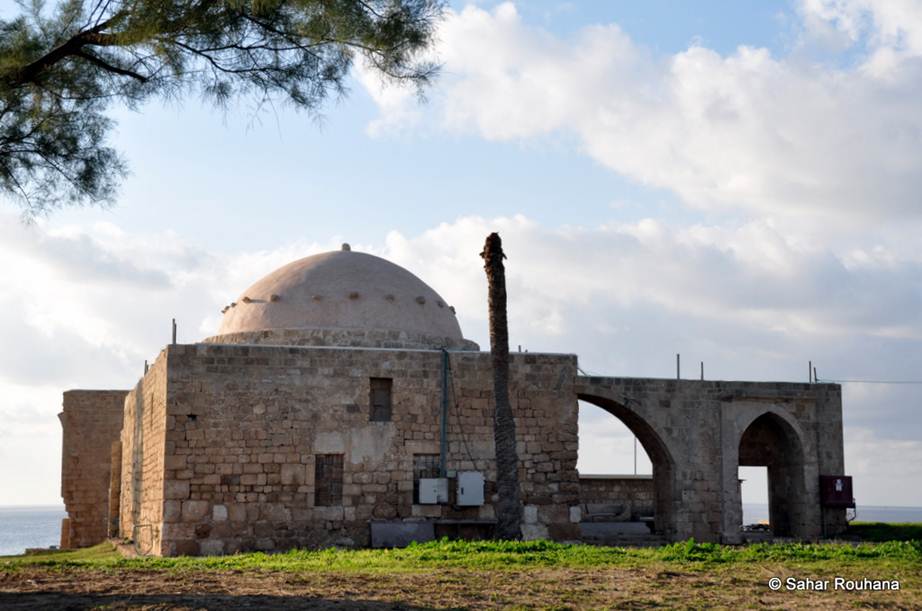
זיב / Zeeb
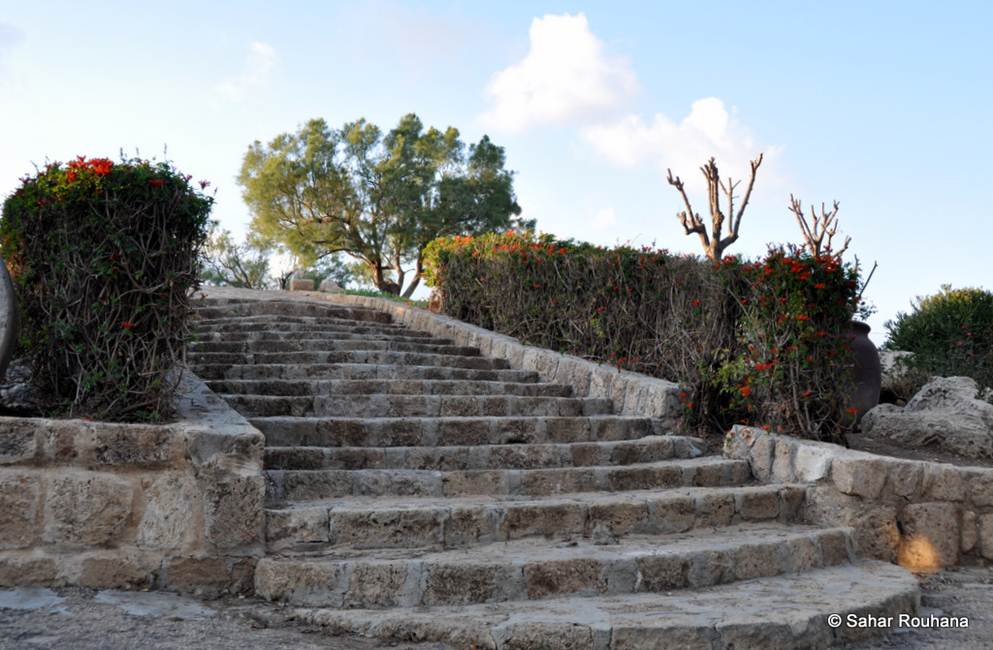
זיב / Zeeb
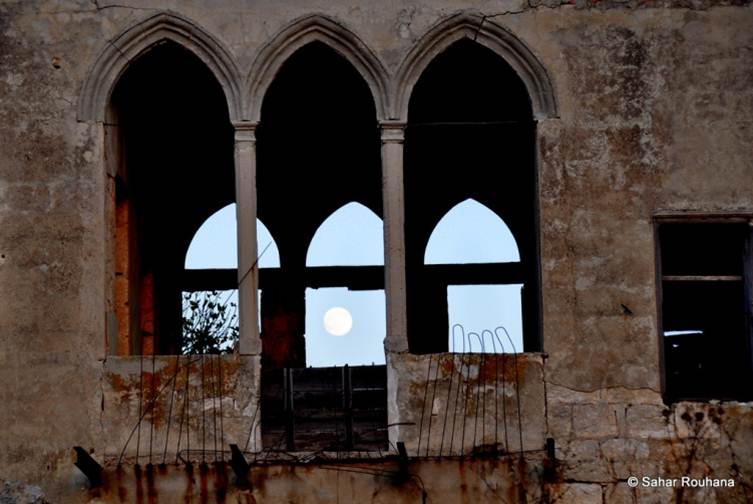
בסה / Bassa
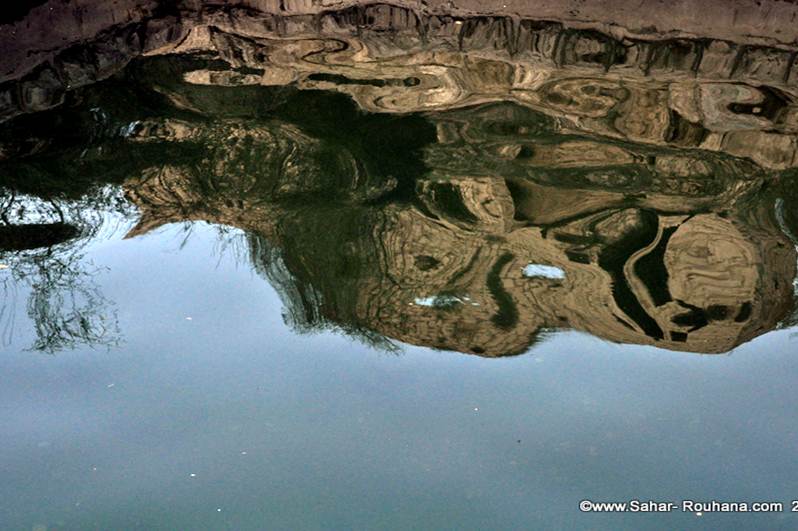
ליפתא / Lifta
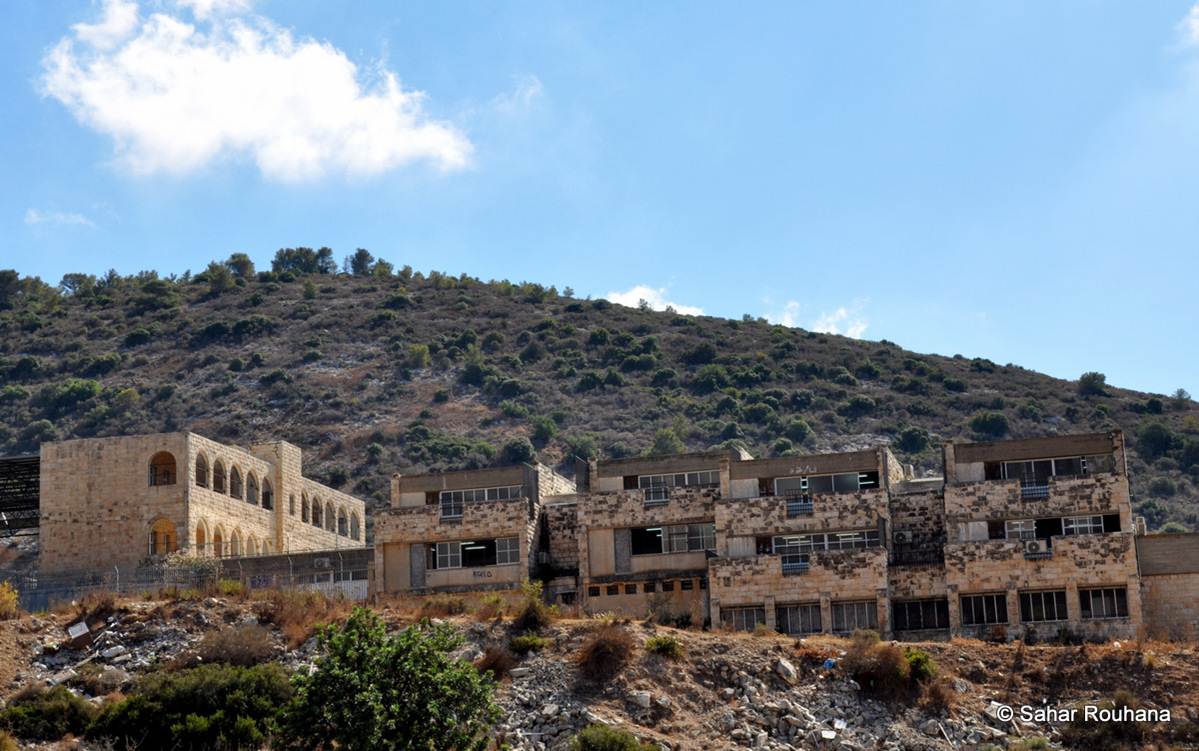
טירה / Tira
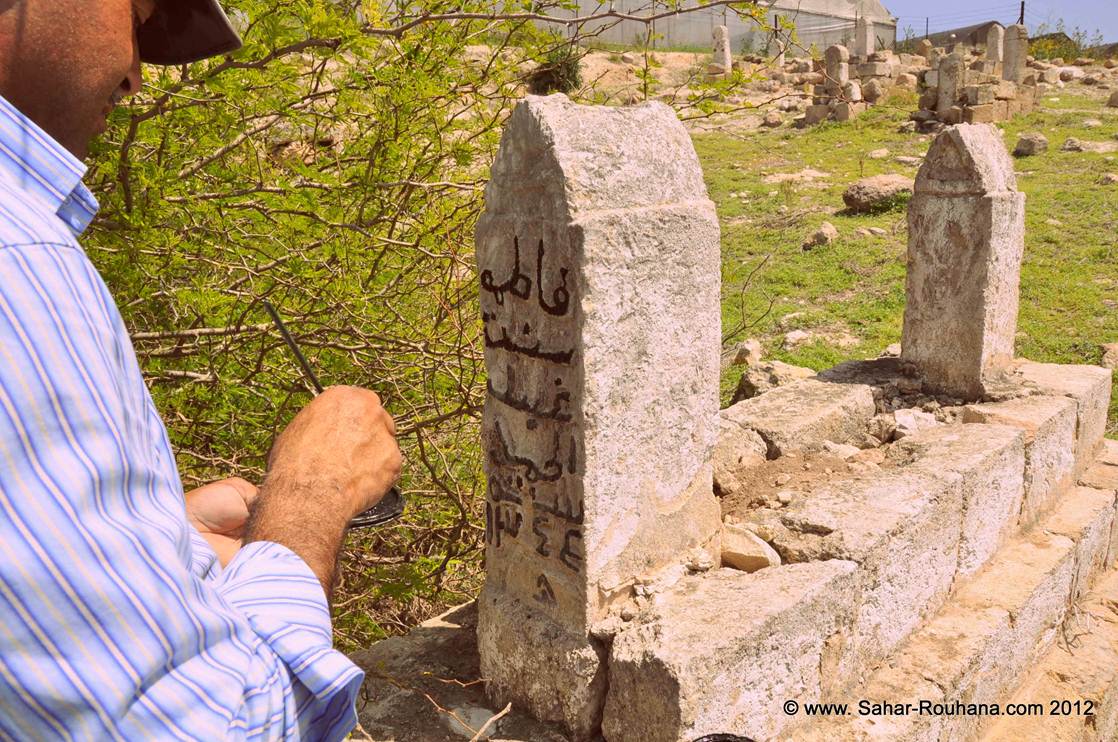
מעאר / Miar
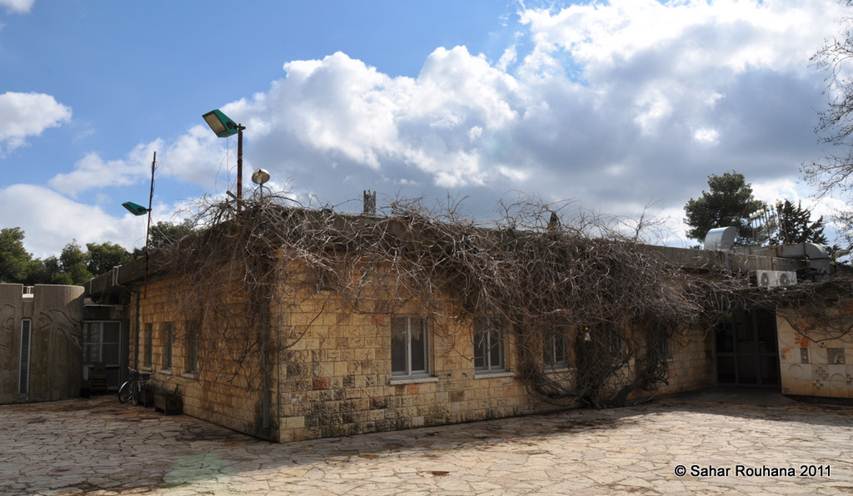
סעסע / Sa'sa
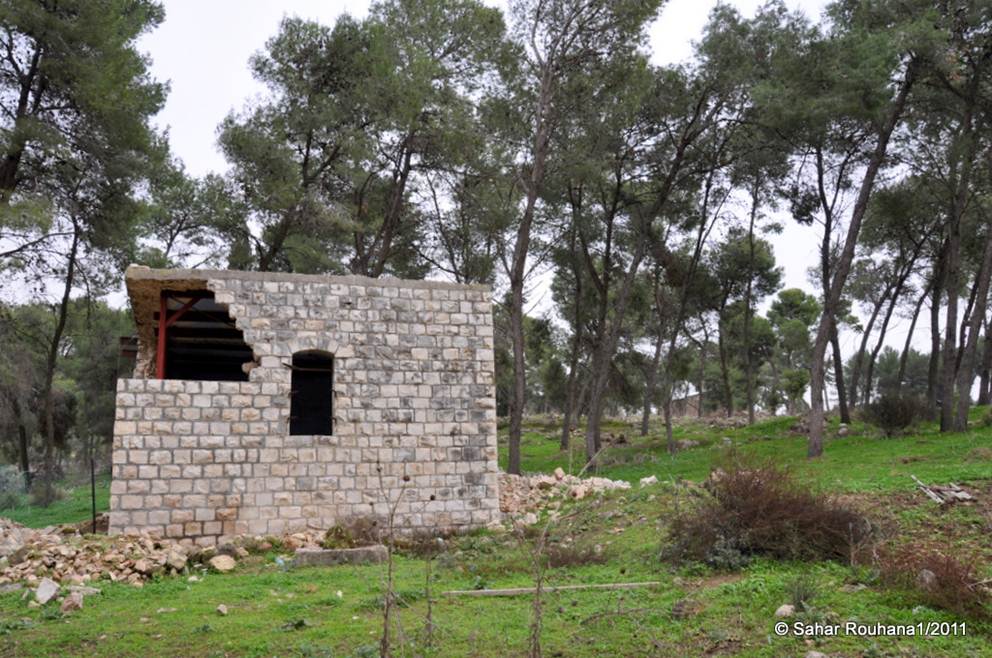
מעלול / Ma'alul
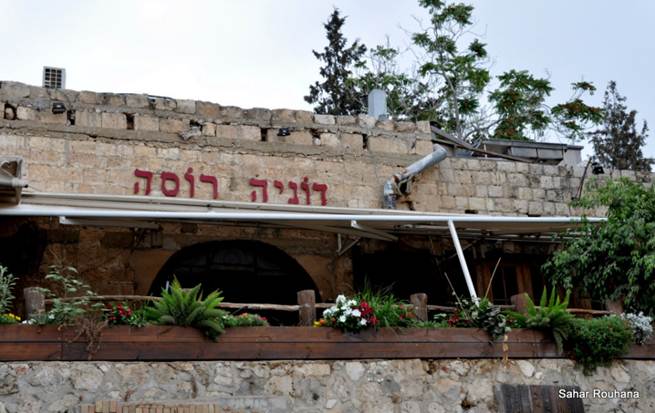
עין חוד / Ayn Hod
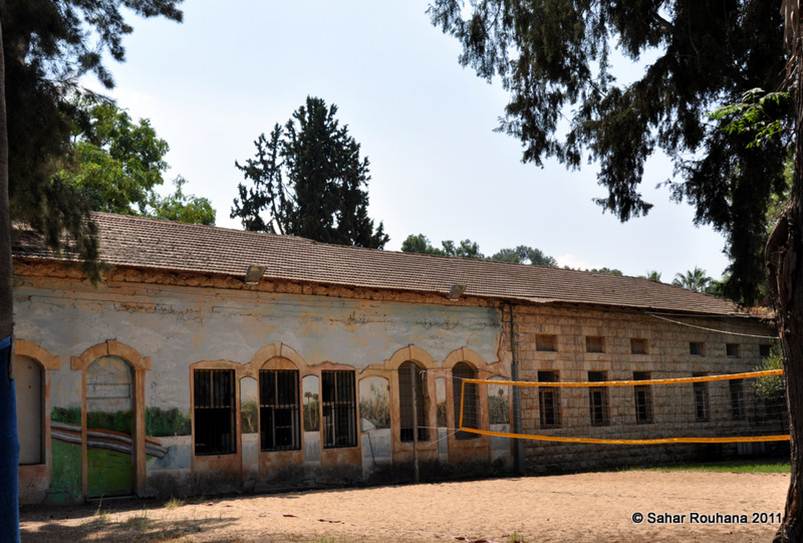
קאקון / Qaqun


